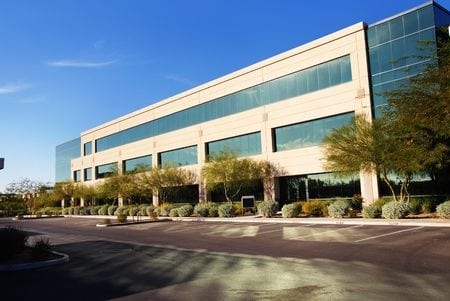For-Profit Student Loan Debt and School Closure
Corinthian Colleges Announces Closure
For profit students with high student loan debt should review their school’s record before enrolling in another semester. This month, large for-profit Corinthian Colleges announced that it is filing for bankruptcy. Corinthian currently manages schools under the names: Everest, WyoTech and Heald,
Battling investigations from the Department of Education and others, Corinthian represents one of the worst offenders in the for-profit education category.
Corinthian students rely heavily on Federal student loans and face high student debt. Corinthian grads face difficulty finding employment in their field and consequently suffer from high default rates.
Corinthian College has been charged with false advertising, promoting high rates of employment after graduation. Students find themselves with a pile of student loan debt they can’t pay back and a degree that doesn’t make them more employable.
The New York Times reports that graduates from Everest College’s Newport News, VA Medical Assistant Certificate program earned, on average, $12,533 per year in 2011. This data suggests that graduates were unable to find employment in their intended field, which has an average annual salary of $21,080. The training program costs about $20,000.
What does Corinthian’s bankruptcy mean for the rest of the for profit industry and for students currently enrolled at for-profit universities?
Students enrolled at for-profit universities should review their institution’s record, before taking on additional student loan debt. This includes visiting the Department of Education’s default rate tables.
An institution’s default rate is the percentage of students who could not make their student loan payment after graduation. The Department of Education tracks default rates by institution. The national average for defaults is 13.8%, 3 years after graduation. This means for every 100 graduates, around 14 default on their student loan debt within 3 years of graduation.
For-profit institutions average 22.7%, though some have default rates higher than 50%. If your school has a high default rate, you may want to look into switching to a non-profit community college or state university. These schools typically charge less for tuition and have higher graduation rates. Nonprofit schools also have higher rates of employment upon graduation than for-profits.
While many non-profit colleges will not give credit for courses taken at for-profits, it may be better to start over than to continue with a degree that delivers low employability.
If you’re struggling to make your monthly student loan payments, find out how Debt.org can help.
Sources:
- Perez-Pena, Richard. (July 4, 2014). College Group Run for Profit Looks to Close. New York Times. Retrieved from: http://www.nytimes.com/2014/07/05/education/corinthian-colleges-to-largely-shut-
- down.html?module=Search&mabReward=relbias%3Aw%2C%7B%221%22%3A%22RI%3A5%22%7D
- NA. (September, 2012) Department of Education. http://www.ed.gov/news/press-releases/first-official-three-year-student-loan-default-rates-published
- NA. Default Rates. Federal Student Aid. Retrieved from: https://studentaid.ed.gov/sa/about/data-center/student/default


















